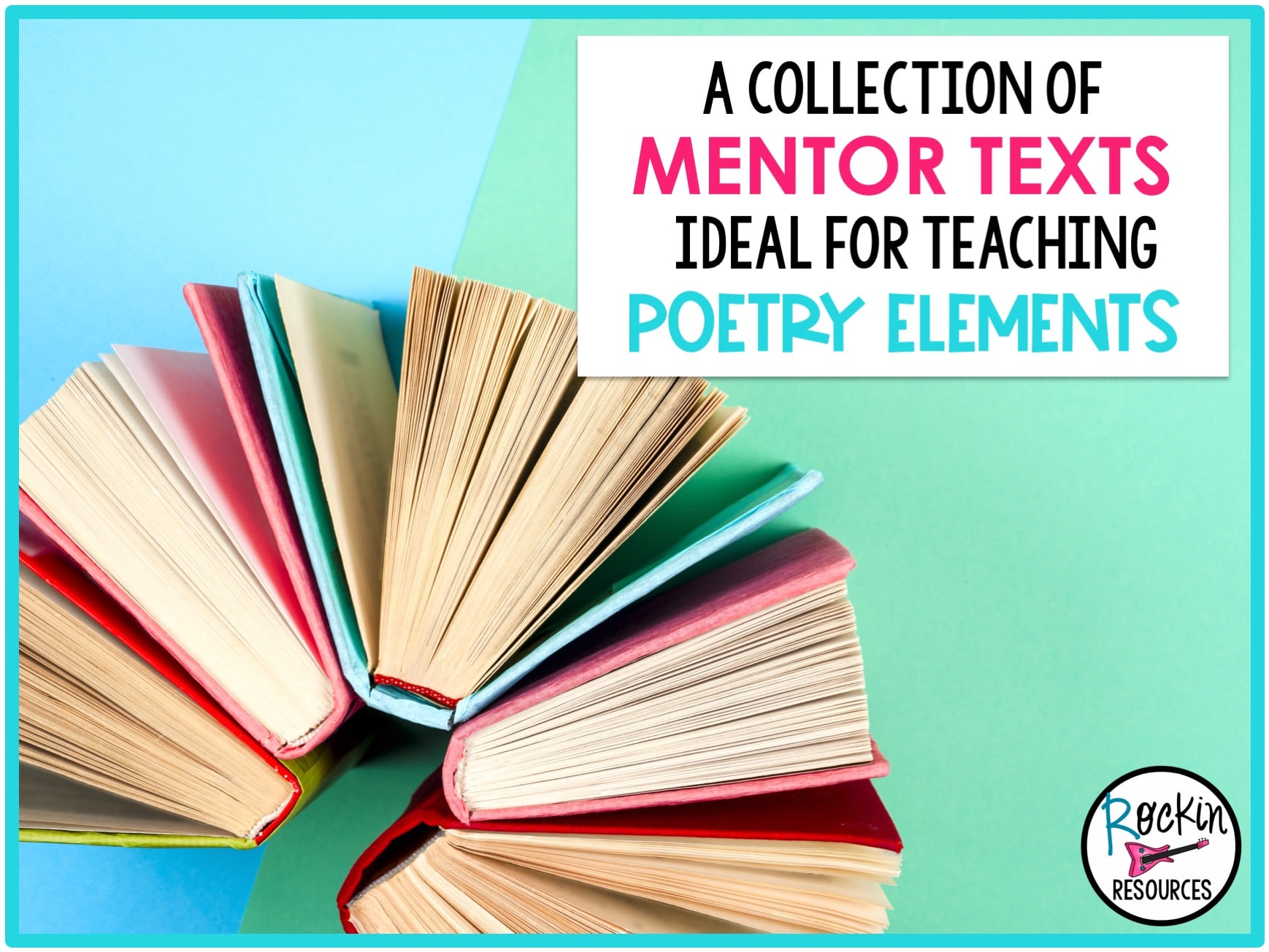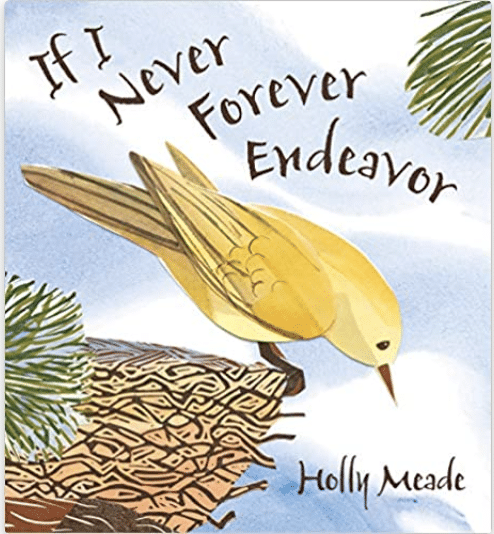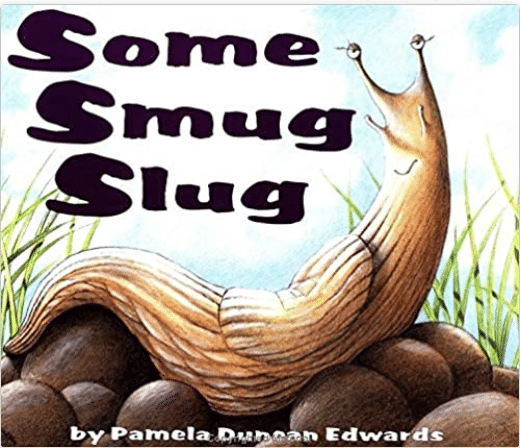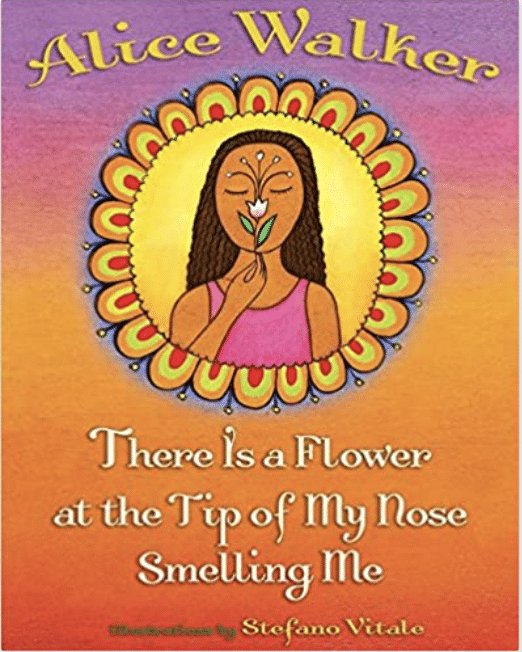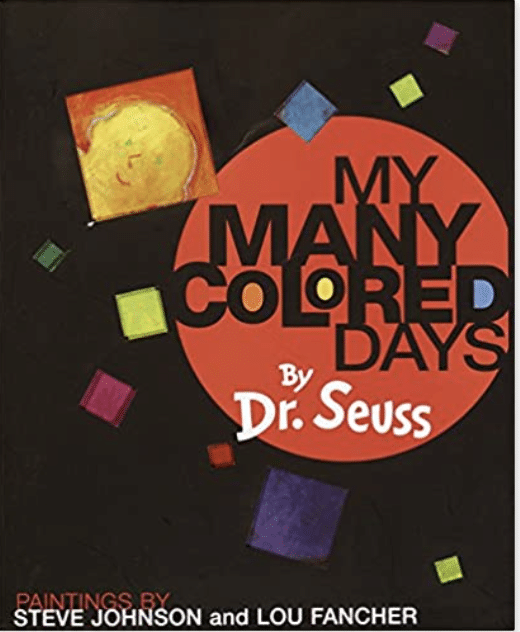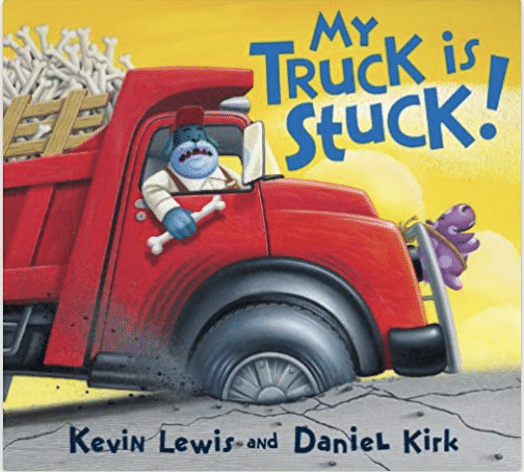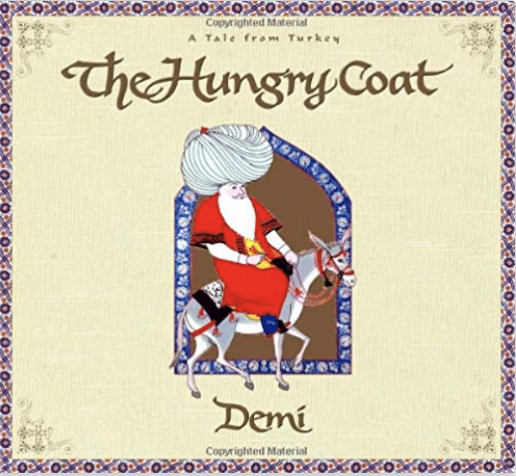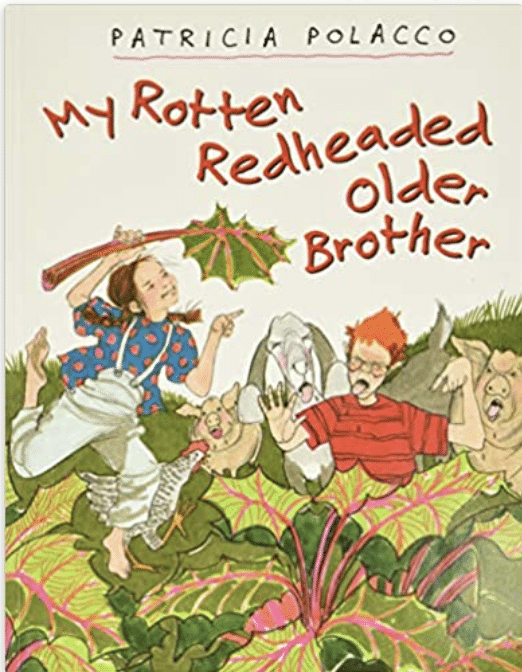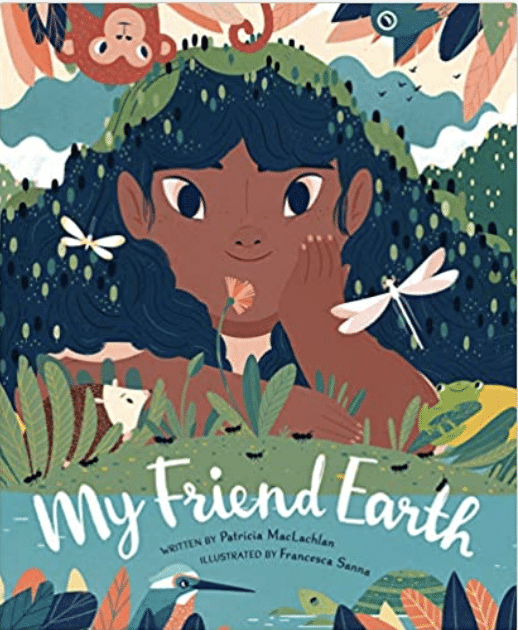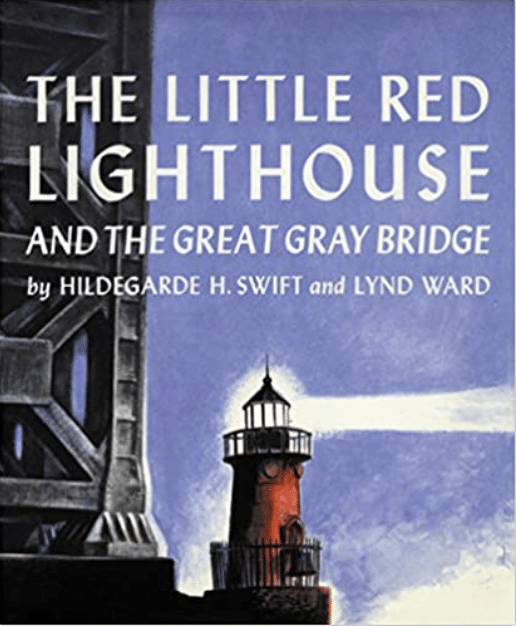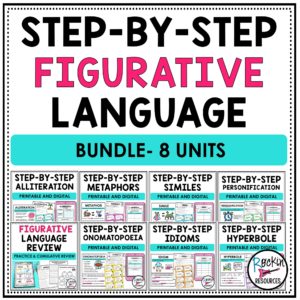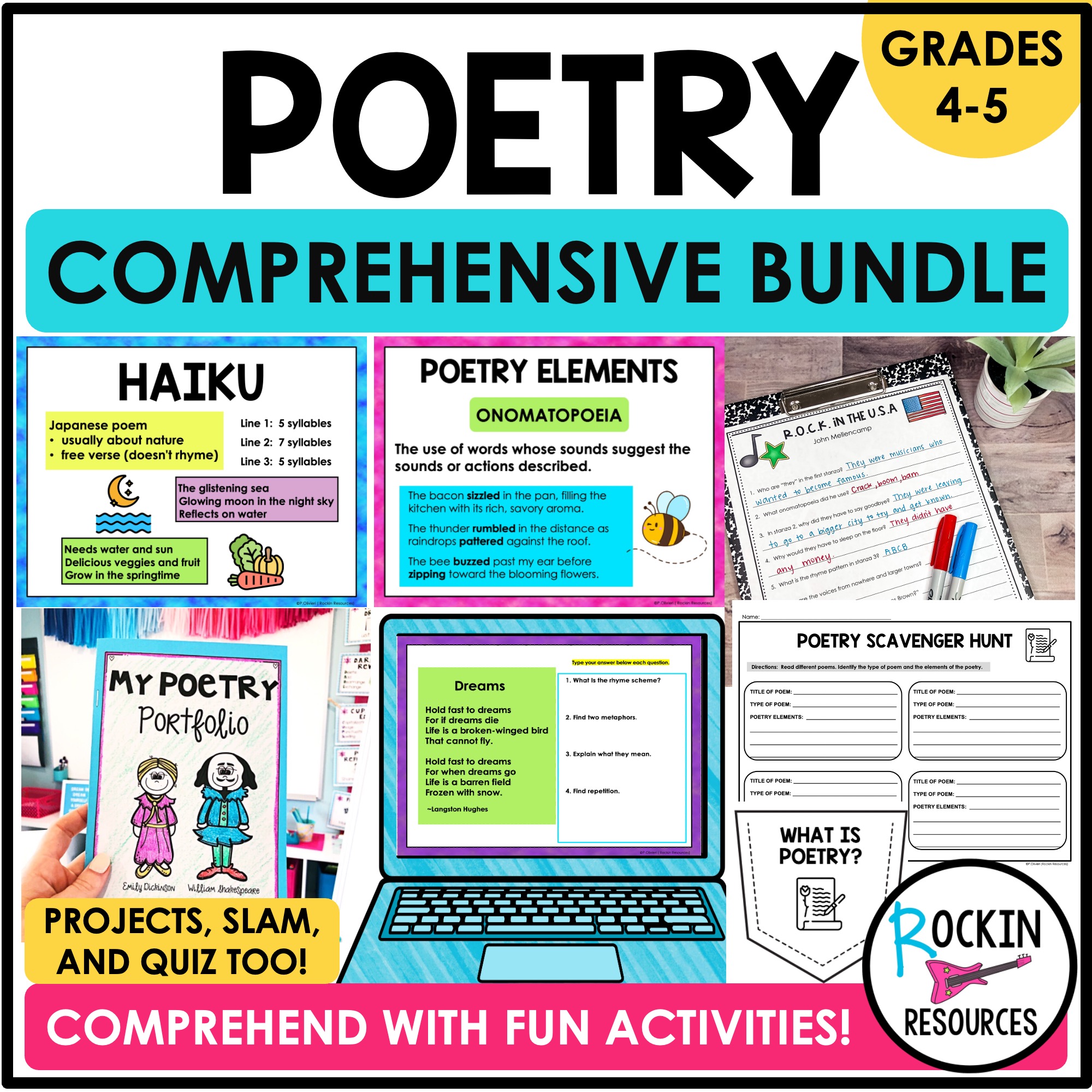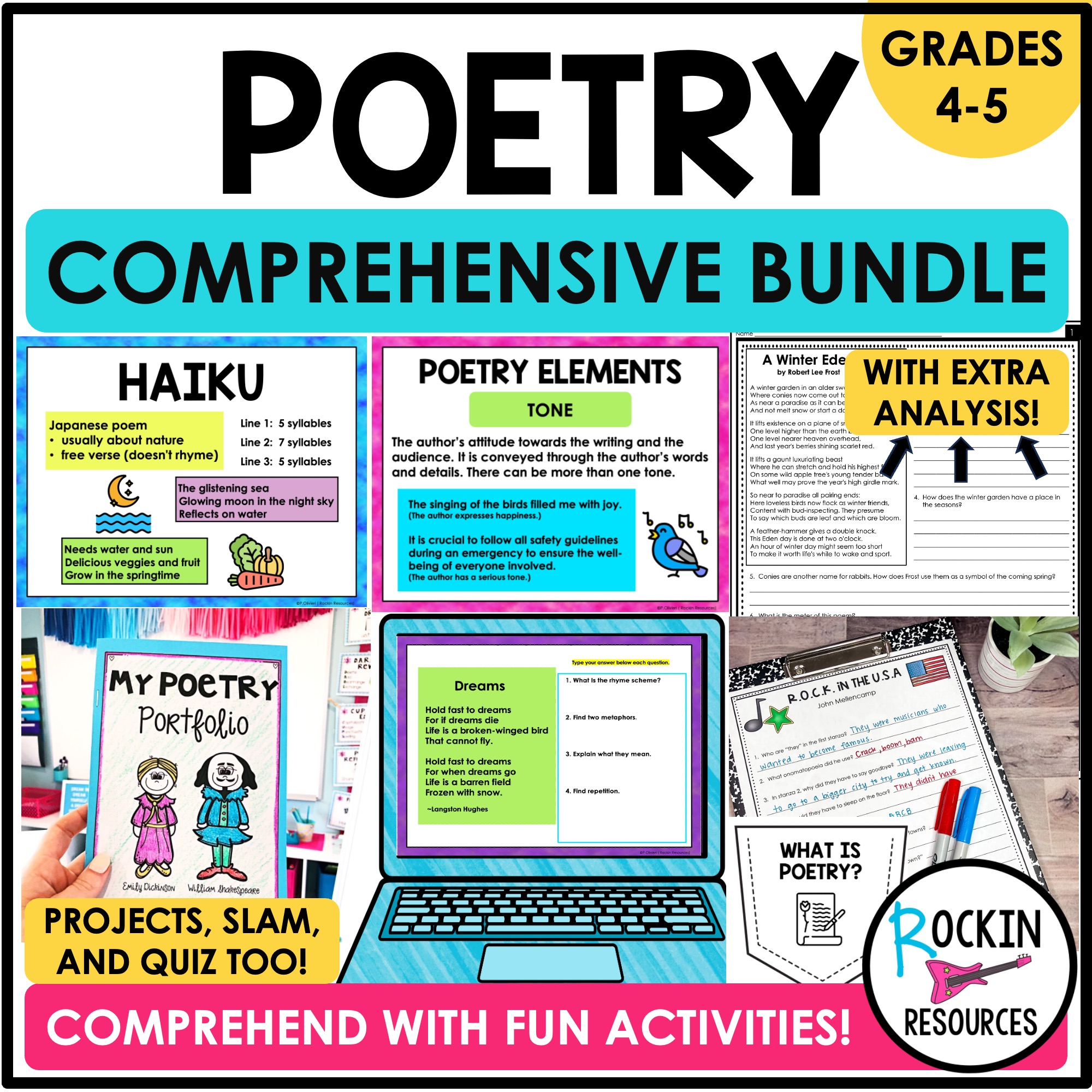“Keep A Poem In Your Pocket”
In her first two stanzas, Beatrice Schenk de Regniers writes:
Keep a poem in your pocket
And a picture in your head
And you’ll never feel lonely
At night when you’re in bed.
The little poem will sing to you
The little picture bring to you
A dozen dreams to dance to you
At night when you’re in bed.
Notice how she incorporates rhythm, alliteration, and personification to choreograph this beloved poem. Her fanciful use of language challenges readers to keep a poem close to heart. In fact, on April 29th, National Keep a Poem in Your Pocket Day, lovers of poetry will celebrate the genre that cuts right to the heart, the soul, and the funny bone!
So how is poetry able to accomplish so much?
Poets like de Regniers, Jane Yolen, and even Dr. Seuss create pictures and arouse emotional responses using literary devices such as alliteration, rhyme, repetition, similes, imagery, and personification in their poetry. They take readers on journeys off to bitter, cold, winter nights where owls howl and wild winds blow or to a musty old basement in Nazi-occupied France where two girls bravely hide. Sometimes a poet’s journey takes readers on a funny detour to the side of a road where a man’s truck is stuck while he has bad luck.
This collection of mentor poetry books provides the perfect toolbox to showcase how master poets capture imagination, wonder, humor, passion, struggle, and self-expression using the magic of their words.
If I Never Forever Endeavor by Holly Meade
Poetry elements: rhyme, repetition, and onomatopoeia
A young bird rests safely in its nest until the daring day that it spreads its wings to fly the coop! This fledgling considers the possible successes and failures of his future first flight with extensive use of rhyme, repetition, and onomatopoeia.
Some Smug Slug by Pamela Duncan Edwards
Poetry element: alliteration
Alliteration is at the forefront of Some Smug Slug! This slug encounters different animals that try to stop him from climbing up a slippery slope. This mentor text will make students learn and laugh at the same time.
Teacher tip: Have your students create alliterative stories for their favorite animals. Dogs digging deep holes, cats crouching and crawling, and tigers tugging terrifically!
Slop Goes the Soup: A Noisy Warthog Word Book by Pamela Duncan Edwards
Poetry element: Onomatopoeia
This clumsy warthog tries to keep his soup from slopping but ends up making a huge mess in the whole house! Students can use this clever text to learn how onomatopoeias sound like their meaning to produce this warthog’s slippery story.
Teacher tip: Ask students to reflect on what type of onomatopoeias they’ve done today. Knocking on doors, sliding their chairs, or typing on computers are just a few examples!
There is a Flower at the Tip of My Nose Smelling Me by Alice Walker
Poetry elements: personification and imagery
This gentle and beautiful Pulitzer Prize-winning book contains personification and imagery. The poetic text is accompanied with radiant images to celebrate the connections between the self, nature, and creativity!
Teacher tip: Create an activity for students to personify an object in the room. A chair can hold a student while they read and write, while a door lets people in and out of the classroom!
My Many Colored Days by Dr. Seuss
Poetry elements: imagery
This Dr. Seuss book lacks the whimsical theme of his classics and instead combines text with atmospheric illustrations to explain the wide range of human moods and emotions. The imagery is simple, yet powerful, in conveying this complex topic to young and old readers alike.
Teacher tip: Select words of imagery used throughout the book and then use them in a coloring activity. Provide coloring utensils and paper to the students and then read out the words one-by-one. Ask students to choose colors that correspond with that word, and then ask them how it makes sense to describe the emotion with that imagery. Do the colors match the ones in the book, or do they differ? This can create an entire conversation about both imagery and the complexity of how emotions are experienced by individuals.
The Hungry Coat by Demi
Poetry element: theme
This Turkish folk tale would make for a great lesson in learning about the poetry element of theme! The wise Turkish hero, Nasrettin Hoca, attends a banquet in a worn-out coat. The guests ignore Hoca until he returns wearing a silk coat, which he begins to feed because “it was the coat not me that you invited to the banquet.” Themes of inner strength and self-expression are abundant in this culturally rich mentor text.
Fry Bread: A Native American Family Story
Poetry elements: imagery, repetition
Fry Bread depicts a modern Native American family through imagery and repetition of what the dish of fry bread means to their culture. “Fry bread is food. Fry bread is time. Fry bread is nation.” The repetition serves to bring emphasis to the deep connections between culture and food. This text is rich in poetry elements and also shines light on Native American culture and history.
My Rotten Redheaded Older Brother by Patricia Polacco
Poetry element: similes
Sibling rivalry is taken to the next level when Patricia wishes on a shooting star to be able to do anything to show her older brother up! This is a light-hearted and entertaining tale of competitiveness that features a plethora of similes.
Teacher tip: After reading this story, have students create their own examples of similes about their siblings, parents, or friends.
Owl Moon by Jane Yolen
Poetry elements: tone and similes
Owl Moon is rich with luscious imagery to create the tone of a winter night when a little girl and her father go looking for owls in the woods. Told in poetic verse, similes and word choice help craft the atmospheric and gentle tone of this award-winning picture book.
The Little Red Lighthouse and the Great Gray Bridge by Hildegarde H. Swift
Poetry element: personification
A red lighthouse on the Manhattan bank of the Hudson River is brought to life in this personified tale. The lighthouse proudly protects boats from running ashore, but when a great, gray bridge is built behind it, the little lighthouse begins to feel inadequate in comparison. In addition to the personification element of this story, students will also learn that small can still be powerful!
Pappy's Butterfly: A Tale of Perseverance by Pam Olivieri
Poetry element: Figurative language, similes, onomatopoeia, metaphors, personification, alliteration, and idioms!
Pappy’s Butterfly: A Tale of Perseverance takes readers on a heartwarming journey through the butterfly life cycle. Follow Demi and Pappy as they encounter a beautiful butterfly named Charm. Little do they know, this chance meeting will lead to an adventure beyond their wildest dreams. With each stage of Charm’s metamorphosis—from egg to caterpillar, to chrysalis, and finally, to a beautiful butterfly—Demi discovers the importance of never giving up, no matter how challenging her own journey may seem. Will she trust her abilities and persevere like a butterfly?
I hope you found some amazing poetry books! If you would like to see a larger list of suggested books, check out this Figurative Language Amazon List or go to my main Amazon List.
For other Poetry Blogs click: https://rockinresources.com/category/poetry
Discover Related Resources:
-
Figurative Language Bundle
Original price was: $38.00.$18.99Current price is: $18.99. -
Monthly Themed Figurative Language Practice – Figurative Language – Holiday Figurative Language
Original price was: $19.80.$10.00Current price is: $10.00. -
Poetry Bundle
Original price was: $17.99.$12.99Current price is: $12.99. -
POETRY UNIT WITH POETRY ANALYSIS PRACTICE
Original price was: $24.99.$18.99Current price is: $18.99.

